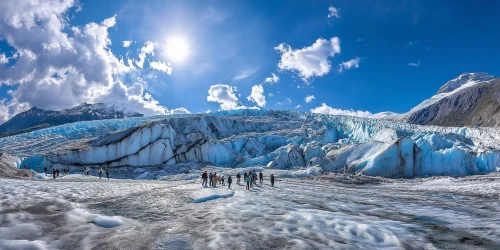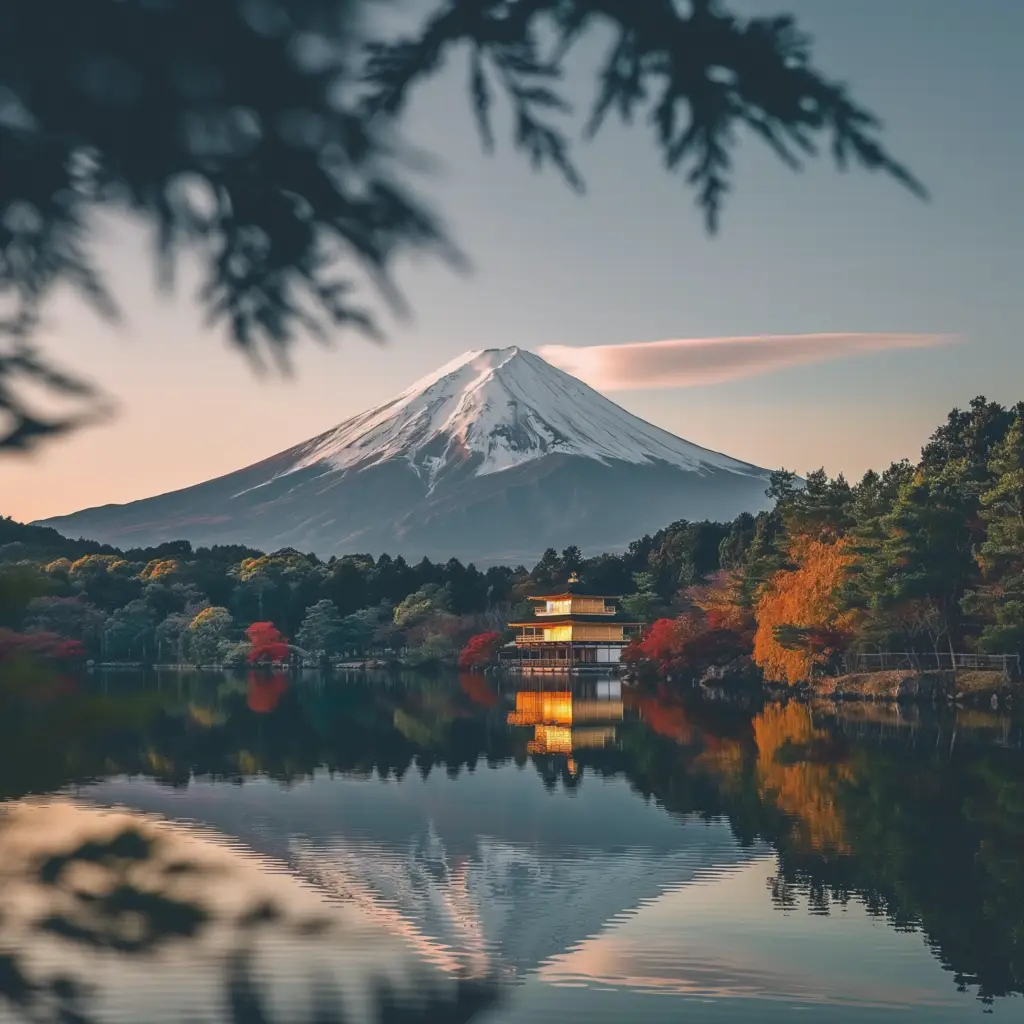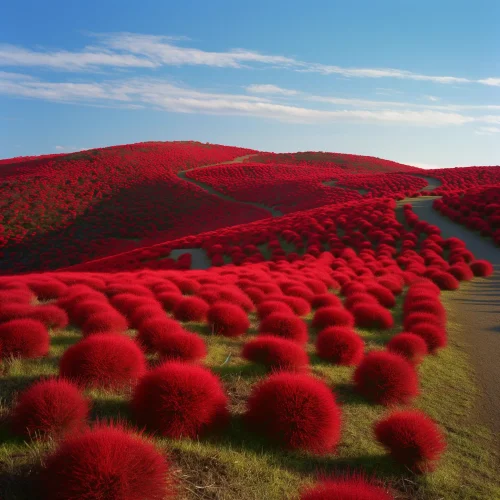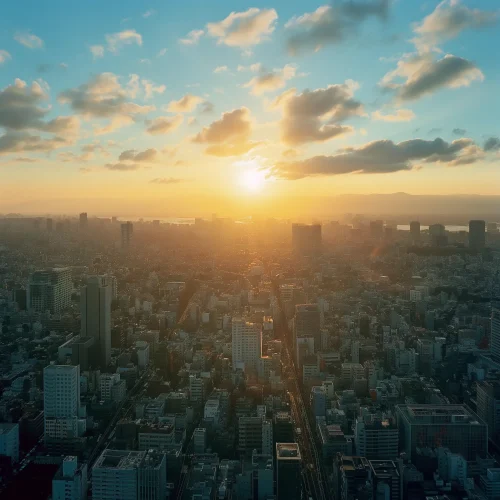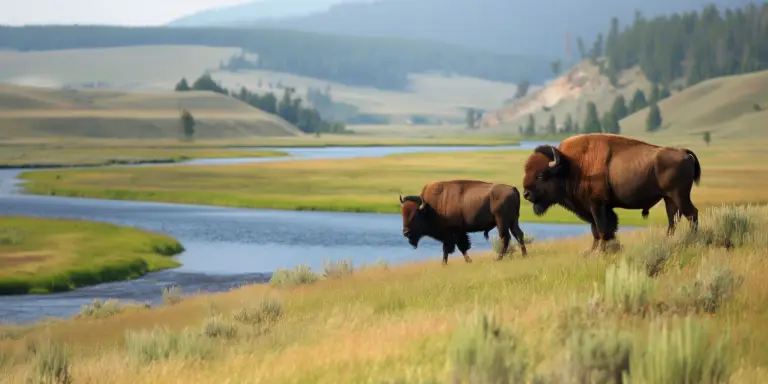Mount Fuji, or Fujisan, is an iconic symbol of Japan, standing at 3,776 meters (12,389 feet). It is the highest peak in Japan and one of the most recognizable natural landmarks in the world. This nearly perfectly symmetrical volcano is renowned for its stunning beauty and cultural significance.
Mount Fuji is located on Honshu Island, Japan’s largest island, straddling the border between Yamanashi and Shizuoka prefectures. It lies about 100 kilometers (62 miles) southwest of Tokyo, making it easily accessible from the capital. The mountain is part of the Fuji-Hakone-Izu National Park, a region known for its scenic landscapes, hot springs, and other natural attractions.
Mount Fuji holds a special place in Japanese culture and spirituality. It is considered one of Japan’s “Three Holy Mountains” (Sanreizan), along with Mount Tate and Mount Haku. For centuries, it has been a pilgrimage site for followers of both Shintoism and Buddhism. The mountain is often depicted in Japanese art, literature, and poetry, symbolizing beauty, serenity, and endurance.
Climbing Mount Fuji
Climbing Mount Fuji is a popular activity for both locals and tourists. The official climbing season is from early July to early September, when the weather is most favorable and the mountain huts are open. There are four main trails to the summit: Yoshida Trail, Subashiri Trail, Gotemba Trail, and Fujinomiya Trail. Each offers a unique experience, with varying levels of difficulty and scenic views.
Mount Fuji’s almost perfect cone shape is the result of repeated volcanic eruptions. The mountain is often capped with snow, creating a picturesque contrast against the clear blue sky. The surrounding area is dotted with lakes, forests, and hot springs, making it a haven for nature lovers. The Five Fuji Lakes (Fujigoko)—Lake Kawaguchi, Lake Motosu, Lake Sai, Lake Shoji, and Lake Yamanaka—offer breathtaking views of the mountain and are popular spots for boating, fishing, and hiking.
Cultural and Historical Sites
Around Mount Fuji, you’ll find numerous cultural and historical sites. Fujisan Hongu Sengen Taisha, located at the base of the mountain, is a significant Shinto shrine dedicated to the deity of Mount Fuji. The shrine complex includes ancient trees, sacred springs, and traditional architecture. Additionally, the Chureito Pagoda, a five-story pagoda on a hill overlooking Fujiyoshida City, provides one of the most iconic views of Mount Fuji, especially during the cherry blossom season.
Travel Tips
- Best Time to Visit: While climbing is best during the summer months, Mount Fuji can be admired year-round. Spring (for cherry blossoms) and autumn (for vibrant foliage) offer particularly stunning views.
- Getting There: From Tokyo, you can take a bus or train to the Fuji Five Lakes area or the Fuji Subaru Line 5th Station, a popular starting point for climbers.
- Local Cuisine: Don’t miss trying local delicacies such as Hoto noodles, a hearty dish made with thick noodles, vegetables, and miso-based soup, and Yoshida udon, known for its chewy texture and flavorful broth.

